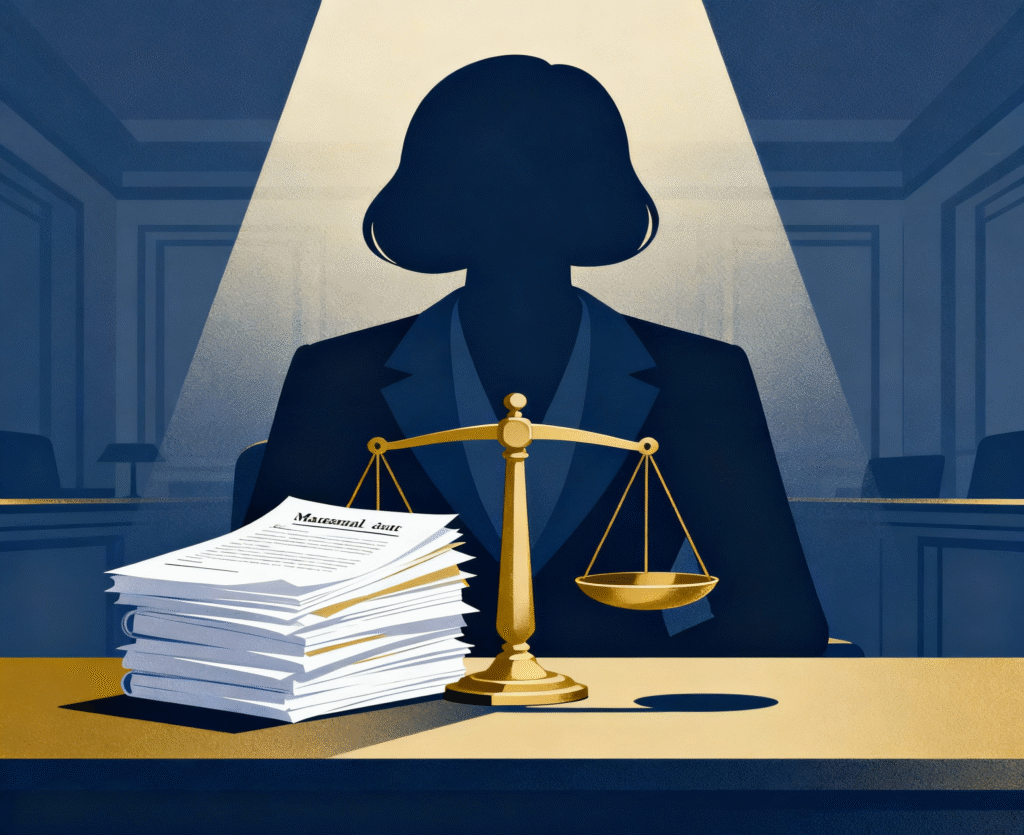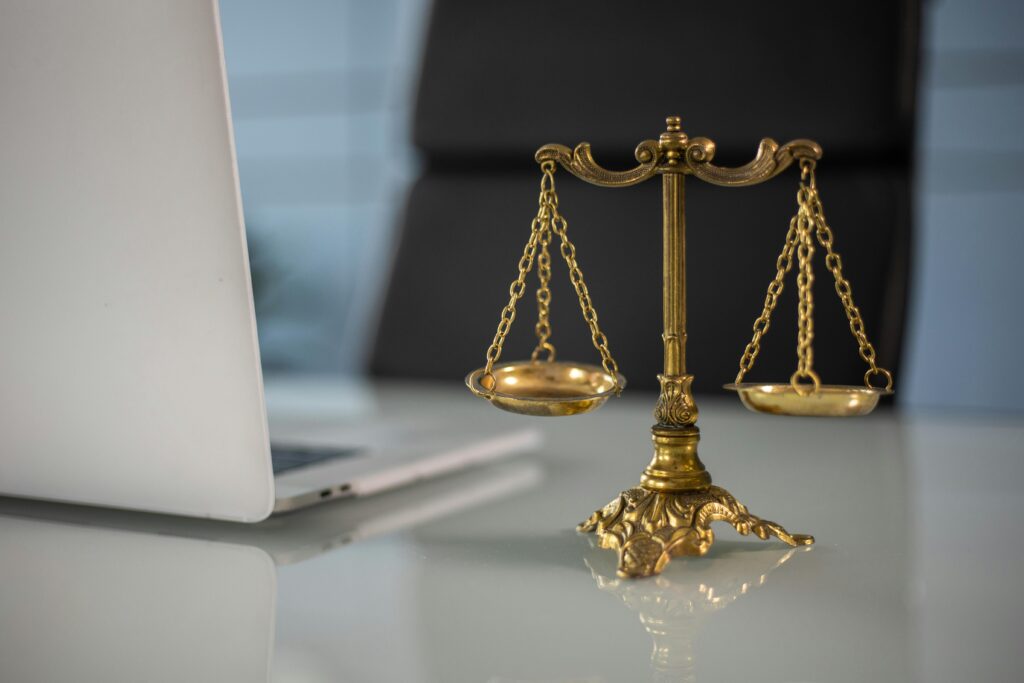Published on 1st July 2025
Authored By: K. Gayathri Devi
Amity University Rajasthan
Case Name – M. Siddiq (D) Thr Lrs vs. Mahant Suresh Das and Others (2019)
Court – Supreme Court of India
Bench – Ranjan Gogoi, CJI; S.A. Bobde, Ashok Bhushan, D.Y. Chandrachud, S. Abdul Nazeer, JJ
Date of Judgment – November 9, 2019
PARTIES
Appellants: M. Siddiq (deceased) through his legal representatives (representing the Muslim parties)
Respondents: Mahant Suresh and Others (representing the Hindu parties and the Nirmohi Akhara)
INTRODUCTION
The case of M. Siddiq (D) Thr Lrs vs. Mahant Suresh and Others, culminating in the Supreme Court’s judgment on November 9, 2019, brought an end to one of India’s most protracted and politically sensitive legal battles: the disputes over the ownership of a 2.77-acre plot of land in Ayodhya, Uttar Pradesh. This site held immense religious significance for Hindus, who believe it to be the birthplace of Lord Ram (Ram Janmabhoomi). It was also the location of the Babri Masjid, which stood until its demolition in 1992. The dispute, spanning centuries and marked by periods of communal tension and legal wrangling, finally reached its denouement in this landmark verdict, attempting to reconcile historical claims, religious faith, and legal principles.
A SITE WHERE HISTORY AND FAITH ARE INTERTWINED
The story of Ayodhya is woven into the fabric of India itself. For Hindus, it’s the sacred birthplace of Lord Ram, a central figure in the epic Ramayana. The specific site in question, Ram Janmabhoomi, holds immense religious significance. Still, this sacred ground also became the site of Babri Masjid, a mosque constructed in 1528, traditionally attributed to Mir Baqi, a commander under the Mughal Emperor Babur. This is where the story gets convoluted.
Hindus later claimed that the mosque was built on the ruins of a pre-existing Hindu Temple, a claim supported by some historical accounts and later archaeological findings. This belief fueled a growing movement to reclaim the site, setting the stage for a long and bitter conflict.
The seeds of the dispute were sown long ago. While the mosque stood, tensions simmered, occasionally boiling over into communal clashes. The first formal legal challenge emerged in 1885, when Mahant Raghubar Das sought permission to build a Ram Temple on land adjacent to the Mosque. His plea, however, was denied.
A pivotal moment arrived in 1949, when the idols of Lord Ram mysteriously appeared inside the mosque. Hindus saw this as a divine intervention, a sign that the gods had chosen to reclaim their sacred space. Muslims, understandably, saw it as an encroachment, a violation of their place of worship. The government, fearing further unrest, declared the site “disputed” and locked the gates, effectively halting Muslim prayers. This act froze the site in limbo, a physical manifestation of the unresolved conflict.
THE LONG ROAD THROUGH THE COURTS
The Ayodhya dispute wasn’t just fought on the streets; it was also waged in the courts, through a series of title suits that sought to establish ownership of the contested land. These suits, filed by various parties, each with their claims and perspectives, painted a complex picture of competing rights and historical narratives.
- In 1950, Hindu devotees, including Gopal Singh Visharad, filed suits seeking the right to worship the idols that had been placed inside the mosque. The court allowed worship, but kept the inner courtyard locked, a precarious compromise.
- In 1959, the Nirmohi Akhara, a Hindu monastic order, entered the fray, claiming to be the traditional custodians and managers of the Ram Janmabhoomi and seeking possession of the land. They argued for their historical rights and responsibilities in maintaining the site.
- The Uttar Pradesh Sunni Central Waqf Board joined the legal battle in 1961, asserting its ownership of the Babri Masjid site as a public mosque. They argued that the land was dedicated to a religious purpose under Muslim Law, and the mosque’s existence established their right to it.
- A significant suit was filed in 1989 on behalf of the deity “Lord Ram Lalla Virajman” (the infant Ram) as a legal entity, seeking a declaration of title and possession of the entire disputed property. This suit introduced a unique legal dimension, treating the deity itself as a party to the dispute.
The legal process was punctuated by events that further inflamed passions and complicated the situation. In 1986, a local court ordered the unlocking of the mosque gates, allowing Hindu worshippers to enter. This decision, intended to allow religious freedom, triggered widespread protests from Muslim groups and led to the formation of the Babri Masjid Committee, highlighting the deep divisions within the society.
The most tragic turning point came on December 6, 1992, when the Babri Masjid was demolished by Hindu nationalist groups. This act of destruction sent shock waves across the nation, triggering widespread communal riots and leaving a deep scar on the nation’s conscience. It also fundamentally altered the physical landscape of the dispute, further complicating the legal and political landscape.
Following the demolition, the government acquired the disputed land. The Allahabad High Court then took up the title dispute, and in 2010, delivered a controversial verdict. The High Court, in an attempt to find a middle ground, divided the 2.77 acres of disputed land into three equal parts among the Sunni Waqf Board, the Nirmohi Akhara, and the representative of Ram Lalla. This partition, however, pleased no one. All parties found the division unsatisfactory, leading to a fresh round of appeals in the Supreme Court.
THE SUPREME COURT’S MOMENT OF TRUTH
The Supreme Court, faced with this complex and emotionally charged case, embarked on a delicate balancing act. They had to weigh historical claims, religious beliefs, and legal principles, all while trying to maintain the secular fabric of the nation.
The primary issue before the Supreme Court was the determination of title to the disputed land. This seemingly simple question masked a host of intricate sub-issues:
- Who holds the Title? – The most fundamental question was whether any of the parties could provide conclusive legal proof of their ownership. This involved examining a complex web of historical documents, revenue records, and claims of possession.
- Faith as Evidence? – The Court had to grapple with the role of religious belief in a legal dispute. Could the deep-seated faith of millions of Hindus regarding the birthplace of the Lord Ram be considered as evidence of title?
- The ASI’s findings – The Archaeological Survey of India (ASI) had conducted excavations at the site, and their report suggested the presence of a pre-existing non-Islamic structure beneath the demolished mosque. The Court had to assess the admissibility and weight of this archaeological evidence.
- Adverse Possession – The Muslim parties argued that the long-standing existence of the Babri Masjid constituted adverse possession, a legal principle that can confer ownership after a certain period. The Court had to examine whether this claim held water.
- A Deity’s Rights? – The suit was filed on behalf of Lord Ram Lalla Virajman raised a unique legal question: could a deity be considered a legal entity capable of holding property and pursuing a legal claim?
- The Demolition’s Shadow – The Court could not ignore the illegal demolition of the Babri Masjid. They had to consider its implications for the legal claims and the broader quest for justice.
THE VERDICT: A BALANCING ACT
- The Supreme Court declared that the disputed 2.77 acres of land belonged to the deity Lord Ram Lalla Raj Virajman, based on Hindu faith and archaeological evidence of a pre-existing non-Islamic nature
- The Court rejected the Muslim parties’ claim of exclusive possession of the inner structure, finding their evidence inconclusive
- The demolition of the Babri Masjid in 1992 was condemned as illegal, although this did not influence the title decision
- Using its special powers, the Court directed the allocation of a separate 5-acre plot in Ayodhya for the construction of a new Mosque for the Sunni Waqf Board
- The Central Government was ordered to create a trust within three months to oversee the construction of the Ram Temple on the original disputed land
THE AFTERMATH: A NATION REFLECTS
The Supreme Court’s judgment in the Ram Mandir case has had a profound and lasting impact on India.
- The verdict ended a long-standing national dispute, although not all parties were satisfied
- It tried to balance religious beliefs and legal principles, recognizing Hindu sentiments while addressing Muslim concerns
- The decision has had significant social and political effects, leading to the Ram Temple’s construction and shaping national political discussions
- The judgment brought up important legal questions about the role of faith in land disputes, the interpretation of historical evidence, and the Supreme Court’s power to ensure “complete justice.”
- Reactions to the verdict were varied, with many Hindus celebrating and many Muslims expressing disappointment
CONCLUSION – A NEW CHAPTER?
The Ayodhya verdict represents a complex and multifaceted attempt to resolve a deeply entrenched dispute. It is a testament to the power of the law to address even the most intractable of conflicts, but it also highlights the limitations of the law in reconciling competing narratives of history and faith.
The case of M Siddiq (D) Thr Lrs v Mahant Suresh Das & Ors (2019 is more than just a legal decision; it is a reflection of India’s ongoing struggle to reconcile its past with its present, its secular ideals with its diverse religious realities. Whether it truly marks the end of a long and painful chapter remains to be seen. What is certain is that the Ayodhya judgment will continue to be debated and analyzed for years to come, a reminder of the enduring power of history, faith, and the law to shape the destiny of the nation.
REFERENCES
- M Siddiq (D) Thr Lrs v Mahant Suresh Das & Ors (2019) 16 SCALE 609.
- Constitution of India, art 142.




